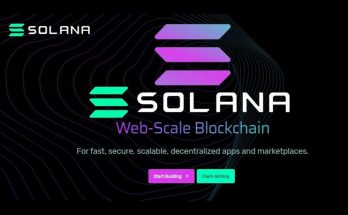Competition among Layer 1 smart contract platforms has intensified in recent months, with investors and developers turning to Ethereum alternatives that offer faster transaction times and lower fees.
According to Delphi Digital’s latest report, the price of Ether (ETH) moved relatively flat last month, while the price of competitors such as Solana (SOL) and Phantom (FTM) increased by 200 percent in the same period.
The million dollar funding initiatives of Fantom (FTM), Avalanche (AVAX) and Terra (LUNA) to attract developers, investors and liquidity to their ecosystems are one of the main reasons for the rally in their prices.
These initiatives resulted in a shift of activity and assets from the Ethereum network to layer 1 projects, with Solana being the most profitable so far.
Total value locked in Layer 1 protocols. Source: Delphi Digital
When it comes to individual applications on different blockchains, Avalanche-based DeFi protocol Trader Joe has seen the biggest increase in locked value in the last seven days. The value of assets locked in the protocol increased by 57 percent during the period in question.
Gas consumption of Layer 2 platforms increased
It’s not just Ethereum’s layer 1 competitors who have seen an increase in activity in recent months. The launch of new layer 2 solutions and the airdrop by decentralized derivatives exchange dYdX (DYDX) led to an increase in gas consumption of layer 2 protocols.
Delphi Digital data reveals that the share of gas used by layer 2 solutions in total gas consumption rose to 2 percent at the beginning of September, then declined to around 1 percent.
The DYdX protocol was one of the first to use layer 2 technology, thanks to its collaboration with StarkWare. The protocol saw a new level of activity following the airdrop launch of the DYDX governance token on September 8.
Since Aidrop, the total value locked in dYdX has increased from $422 million to $554 million. The daily trading volume of the platform, which was $700 million, saw $2.4 billion.
Visits: 140




